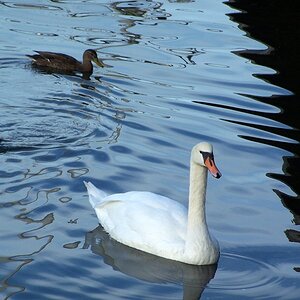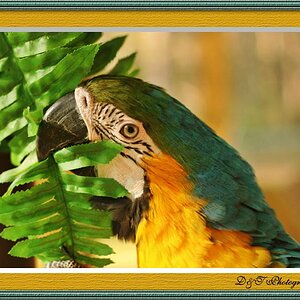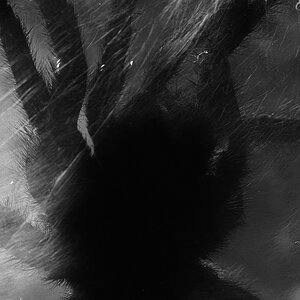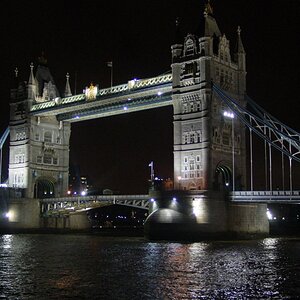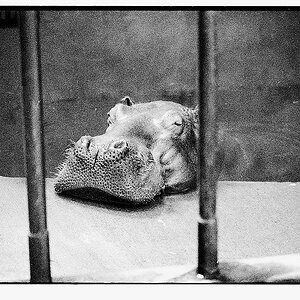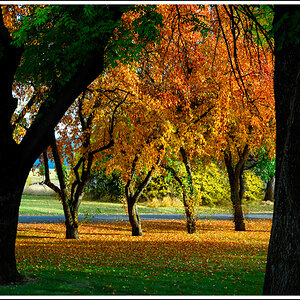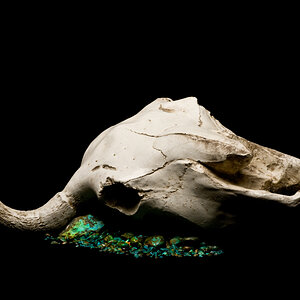whiplash23
TPF Noob!
- Joined
- Feb 21, 2009
- Messages
- 38
- Reaction score
- 0
- Can others edit my Photos
- Photos NOT OK to edit
Hi. I am looking at getting a "macro" set-up for my Nikon D40. I have looked at the 60mm f2.8 micro lens, but I have the 60mm covered with my 55-200VR and the 60mm won't auto focus on my D40.
I have found good things written about the Canon 500D "close-up" lens but I can't find any actual data. Anyone know how close to 1:1 this would be with the 55-200VR lens? Anyone know what the min-focus distance will be (compared to the 3.6' it is now)?
Thanks!
For anyone's interest, here is a link to the few "close-up" shots I have tried with just the 55-200VR. Nothing special but figured I'd throw them out there.
http://www.pbase.com/whiplash23/macro
UPDATE
Ok, y'all were too slow to talk me out of it. I am still interested in hearing others opinions on the 500D lens. I'll post my thoughts after it comes in and I have a chance to play with it.
I have found good things written about the Canon 500D "close-up" lens but I can't find any actual data. Anyone know how close to 1:1 this would be with the 55-200VR lens? Anyone know what the min-focus distance will be (compared to the 3.6' it is now)?
Thanks!
For anyone's interest, here is a link to the few "close-up" shots I have tried with just the 55-200VR. Nothing special but figured I'd throw them out there.
http://www.pbase.com/whiplash23/macro
UPDATE
Ok, y'all were too slow to talk me out of it. I am still interested in hearing others opinions on the 500D lens. I'll post my thoughts after it comes in and I have a chance to play with it.
Last edited:



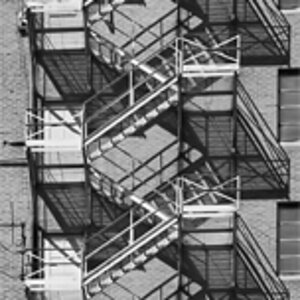
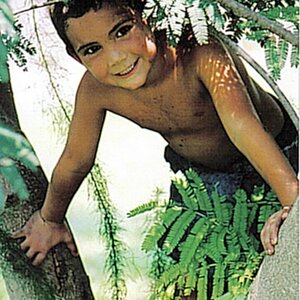
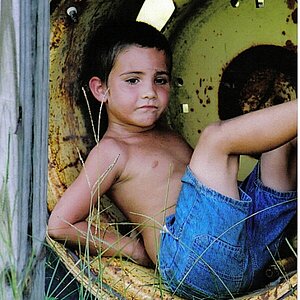
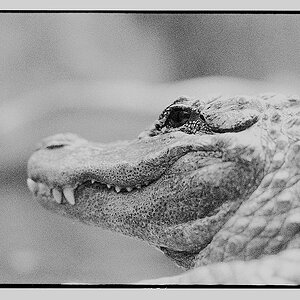
![[No title]](/data/xfmg/thumbnail/32/32699-3434a76363cb383404e00a3cd5ed5728.jpg?1619735601)
